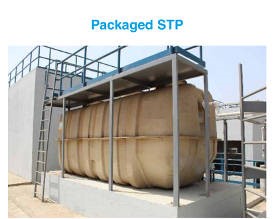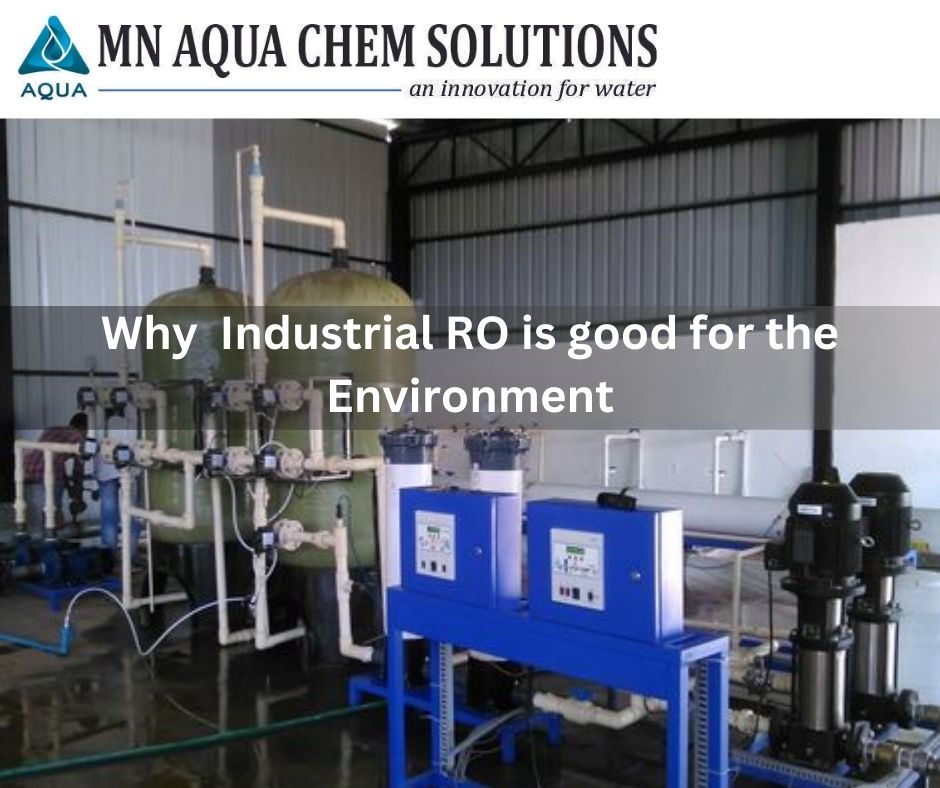
Why Effluent Treatment Plant is Important in Pharmaceutical Industry ?
The production of pharmaceuticals generates wastewater that contains various pollutants, such as active pharmaceutical ingredients (APIs), solvents, heavy metals, and organic compounds. These substances can cause adverse effects on the environment, wildlife, and human health if not treated properly. For example, some of these pollutants can persist in the environment, accumulate in the food chain, and eventually cause severe health problems, including cancer, genetic disorders, and reproductive issues.
Water is the most important commodity that is used in practically every stage of the pharmaceutical and intermediate chemical manufacturing processes.
Various wastewater treatment procedures are used in pharmaceutical manufacturing plants, including aerobic/anaerobic treatment, reverse osmosis, multimedia/carbon filtering, evaporation, and so on. Water is treated, recycled, reused, or released into the environment by various methods in order to comply with government regulations or avoid the problem of water scarcity.
Effluent treatment plants help to remove these pollutants from the wastewater before it is discharged into the environment. They use various physical, chemical, and biological processes to treat the wastewater and make it safe for disposal. In doing so, they prevent harm to the environment and human health, while also helping to meet the regulatory requirements for effluent discharge.
Benefits of Pharmaceutical Industry Effluent Treatment Plants
Various chemicals, solvents, and other substances that are dangerous to humans and animals are found in waste from pharmaceutical enterprises and drug production units. Technologies such as aerobic/anaerobic treatment, membrane filtration, and reverse osmosis are effective in decreasing Biological Oxygen Demand (BOD), Chemical Oxygen Demand (COD), Total Suspended Solids (TSS), and Total Dissolved Solids (TDS) in pharmaceutical effluent for various streams of this industry.
There are numerous benefits of having an effluent treatment plant in the pharmaceutical industry, including:
Compliance with regulatory requirements: The pharmaceutical industry is highly regulated, and companies must comply with strict environmental regulations for effluent discharge. Effluent treatment plants help companies to meet these regulatory requirements and avoid penalties for non-compliance.
Protection of the environment: Pharmaceutical wastewater can have a significant impact on the environment, causing pollution and harm to aquatic life. ETPs remove pollutants from the wastewater, reducing the impact on the environment and protecting natural resources.
Protection of public health: The discharge of untreated wastewater into the environment can also pose a risk to public health, as the pollutants can contaminate drinking water sources. ETPs remove harmful substances from wastewater, reducing the risk of exposure to these pollutants.
Cost savings: Effluent treatment plants can also help pharmaceutical companies to save money by reducing the costs associated with waste disposal. By treating the wastewater on-site, companies can avoid the costs of transporting the wastewater to off-site treatment facilities.

Processes Used in Pharmaceutical Industry Effluent Treatment Plants
Effluent treatment plants use a range of physical, chemical, and biological processes to treat pharmaceutical wastewater. These processes can include:
Physical processes: Physical processes such as sedimentation, filtration, and adsorption are used to remove suspended solids, oil, and grease from the wastewater.
Chemical processes: Chemical processes such as coagulation, flocculation, and oxidation are used to remove dissolved organic and inorganic pollutants from the wastewater.
Biological processes: Biological processes such as activated sludge, anaerobic digestion, and bioreactors are used to degrade organic matter and remove nutrients from wastewater.
Activated carbon filtration is another important process used in effluent treatment plants. Activated carbon is a highly porous material that can adsorb a wide range of organic and inorganic pollutants from wastewater. It is an effective method for removing certain pollutants, including color, taste, and odor-causing compounds, pesticides, and volatile organic compounds (VOCs).
Conclusion:
Plants for the treatment of wastewater contaminants from the pharmaceutical sector are essential for safeguarding the environment and public health from their detrimental effects. ETPs assist in meeting regulatory requirements, safeguarding natural resources, and lowering the risk of exposure to dangerous contaminants by purifying pharmaceutical wastewater before release. The processes of physics, chemistry, and biology.




